Not too long ago, Zimbabwe was in the news for all the wrong reasons. Political instability, a state-sponsored class struggle along racial lines & hyperinflation were all the makings of a country in disarray.
Fast-forward to the present day and the picture is completely opposite. There is political stability in the country with the return of representative democracy, the society is less divided than it was at its peak and the economy has rebounded.
While politics and sociology aren’t our remits, it is interesting that after hitting 800%+ annual inflation in 2020, the country was just praised by the World Bank for a strong recovery in base economic fundamentals.
To find out how Zimbabwe accomplished this, we take a deep dive into all things macroeconomics in a bid to learn more.
1. The Lost Years – 1997-2009
1.1 Humble Beginnings

– Zimbabwe – GDP Growth Trend
Zimbabwe, formerly Rhodesia, is a landlocked country in Southern Africa that achieved rule by the majority in 1980 after a long civil war between the ruling white minority & the majority black indigenous population.
The Lancaster House Agreement, which ended the war, transferred power to black majority rule while preserving the rights to liberty of the white landowners who, as generational residents, identified themselves as Africans & chose not to return to Britain.
For the next 17 years, the country enjoyed relative stability from a political and social perspective although economic boom and bust cycles continued, which is common for developing countries with a high reliance on primary goods. Thus, international prices of minerals and crops dictated the relative economic performance of the country or the recurrent drought that would severely hamper food production altogether.
1.2. Black November 1997
In November 1997, following a severe stock market crash, the weak economic footprint spilled over into massive civil unrest. Key amongst those striking against severe economic hardships were the veterans of the country’s civil war.
It is important to mention here that by this time, the then President, Mr. Robert Mugabe, had been in power for 17 years. As the formal rebel leader who had fought on the battlefield and achieved the political settlement that led to majority rule, he was a widely respected figure.
Under his leadership, the war veterans had given up arms and there was a considerable effort made to reintegrate them into the economic apparatus but with limited success given the country’s resources.
It was then from a position of weakness & a perceived threat from his own power base that President Mugabe announced an economic assistance program to appease the war veterans. The only problem was that the program would cost 3% of GDP in the form of a one-time bonus payment!
1.3 Troublesome 98 & 99
The country didn’t have the funds for the bonus payment. They first tried to raise the same through a levy that was vehemently opposed by the business community.
Next, they started borrowing, which put pressure on the Zimbabwean dollar. The country’s finances continued to be drained as it joined a multi-nation campaign in 1998 for the second Congolese war. 1999 brought a drought & official defaults on sovereign debt obligations.
1.4. Land Reform
With the economic collapse bearing down & suggesting immense political upheaval, the Government diverted the attention of the masses by initiating a land reform act, whereby land held by white settlers was to be redistributed to black farmers. Mass unrest followed, with white settlers fleeing the country & international condemnation leading to sanctions against the country itself.
The impact on the economy was devastating, as sanctions dried up the prospect of foreign direct investment. On the other hand, agricultural production plummeted as black farmers didn’t have the means or expertise to undertake large-scale mechanized farming and resorted to low-yield subsistence farming instead.
This is because most lands had been violently grabbed, and the new black “owners” lacked the proper documentation to approach banks for working capital.
1.5. Hyperinflation
The drop in economic output from sanctions and the impact of the violent land reform took a further toll on public finances. The Government resorted to borrowing what it could, but largely printing money.
The impact was that from 2004 to 2009, the country was caught in a deep hyperinflationary spiral with inflation peaking at 6,600% by some estimates. The Zimbabwean dollar lost all credibility and the Government resorted to implementing price controls. This only exacerbated the problem as the populace resorted to the informal economy.
2. The Decade of Dollarization
2.1. First Steps
In 2009, the three political parties in Parliament agreed to set up a Government of National Unity to undertake painful economic reforms while hoping that political unity and stability will create the ideal environment to help restore the economy.
The first step that the new Government took was in February 2009 when they legalized foreign currency transactions in the domestic economy. The impact was that by April 2009, the Zimbabwean dollar had lost all credibility and was suspended entirely. The US$ became the official currency for Government transactions.
2.2 Initial Impact
The impact of this move was extremely positive. Inflation reversed, the banking system stabilized & economic growth began. However, there were negative consequences as well:
- People continued to be distrustful of banks and kept their capital in the informal economy, which continued to be a strain on public finances, forcing the Government into a pay-as-you-go situation.
- This had the added impact of extremely high-interest rates, as banks lacked the capital to lend and help churn the wheels of the economy.
- While the US$ acted as an official currency, it didn’t fulfill all the requirements that a monetary system needs. Chief amongst these issues was coinage or the problem of small denominations. Lacking small change, the population was forced to adopt South African rand coins. Reports also suggest bartering condoms, mobile airtime, and sweets.
- The country was not exactly exporting enough for a steady flow of dollars to be coming in to account for growth. Hence, the population, on an unofficial basis, started transacting in other currencies, which gave rise to counterfeiting.
2.3. More of The Same Mistakes
Following elections in 2013, marred by allegations of widespread rigging, the party of Mr. Robert Mugabe won a clear majority with him elected as President. Unfortunately, the same mistakes continued with:
- A fast-tracked policy on indigenization of the economy whereby all businesses had to be a minimum of 51% owned by blacks, adding to uncertainty & deterring investment;
- Doubling the civil service to provide jobs in an environment where government coffers didn’t allow such a commitment. The end result was that a few years later the size of the civil service had to be vastly cut.
- Various attempts to reintroduce the Zimbabwean dollar without necessary confidence-building measures. The result has been more uncertainty & a large black economy, with the continued use of the US$ as the official currency.
2.4. Chinese Overtures
Not all was lost during this time. The Mugabe Government, under continued pressure from US sanctions, looked elsewhere for economic support and succeeded to some extent.
This came primarily from Chinese investment in Zimbabwe’s minerals, agricultural & tourism sectors. The results have been encouraging, with all 3 sectors showing an improvement.
However, these are by & large marginal improvements to an otherwise vast problem. In fact, this has given rise to fears that the country will effectively become a Chinese colony.
3. A Glimmer of Hope
3.1. A Sharp Economic Recovery
With the world at large under lockdown, the Zimbabwean economy suffered acutely from the coronavirus pandemic. However, given its positioning as a producer of primary goods, the country saw an immediate upswing in fortunes.
As per the World Bank, the economy grew by 5.8% in 2021 following a contraction of 6.2% in 2020. The reasons put forward make for interesting reading:
- GDP growth was led by a recovery in the agricultural & industrial sectors. We know that the land reform & crippling sanctions had devastated both these sectors. Help from the Chinese had been sought for recovery here, which was aided by bumper harvests.
- A slowdown in inflation due to tight monetary policy. High-interest rates & policy measures helped stem the inflation rate from 838% in 2020 to 60% in 2021.
- At the same time, the Government tried to live within its means by following a responsible fiscal policy. None of the past excesses were patronized, with development spending matched by funding.
- Higher exports & worker remittances helped with the balance of payments position. There are generally two forces at play here. One, in the immediate aftermath of the COVID-19 crisis, with world production coming back online, there was high demand for primary goods, especially minerals. This helped the Zimbabwean economy as demand & prices rose. Secondly, due to the lockdowns, foreign workers were laid off & chose to return home, so remittance volumes were higher.
- Adequate levels of vaccination against the coronavirus allowed the economy to function without the need for disruptions from lockdowns. Again, the Chinese were monumentally helpful & generous here.
3.2. Lessons
Throughout its history, Zimbabwe’s ruling elite seems to have challenged conventional thinking. This has been driven by the desire of those in power to elongate their rule at the expense of the greater welfare of the population. The worst part is that the revolutionary mindset that existed in the 1970s continues to be abused to drastic consequences.
Take, for example, the 1997 bonus to war veterans. Instead of having succumbed to their demands, it would have been wise to call new elections for issues like these to be engaged as part of a wider political discourse.
The same goes for the ill-advised & poorly executed land reform. A far better idea would have been to establish cooperatives that would have encouraged joint ownership of land while allowing the advanced mechanized farming methods to continue.
Similarly, international isolation was welcomed by the Government as if it were a medal of honor. The reality is that if it weren’t for the Chinese, they would have disintegrated into an even bloodier civil war.
Again, the remit of this post is not political commentary. However, there is no holding back when stating that economic decision-making should not be influenced by politics. Sound decision-making steeped in economic theory has shown its results in just one year for Zimbabwe. This is a serious charge against those who were managing the economy earlier.
3.3. The Future
While the news coming out from Zimbabwe has been positive as of late, there are serious risks that remain. Invariably, as low base effects disappear, GDP growth will slow down in the years to come.
At the same time, the current commodity supercycle and the resultant economic slowdown will again impact demand for the country’s exports and put pressure on an already fragile recovery. The country remains dependent on the Chinese as its major trading and investment partner, and its international isolation shows no end.

– Latest Inflation Figures – Reserve Bank of Zimbabwe
What is needed is for Zimbabwe to ensure that they don’t continue to repeat the mistakes of the past.
To date, there has been no return to a national currency due to the trust deficit that reigns supreme.
This trust needs to be earned again. Otherwise, the man-made economic disaster will continue.

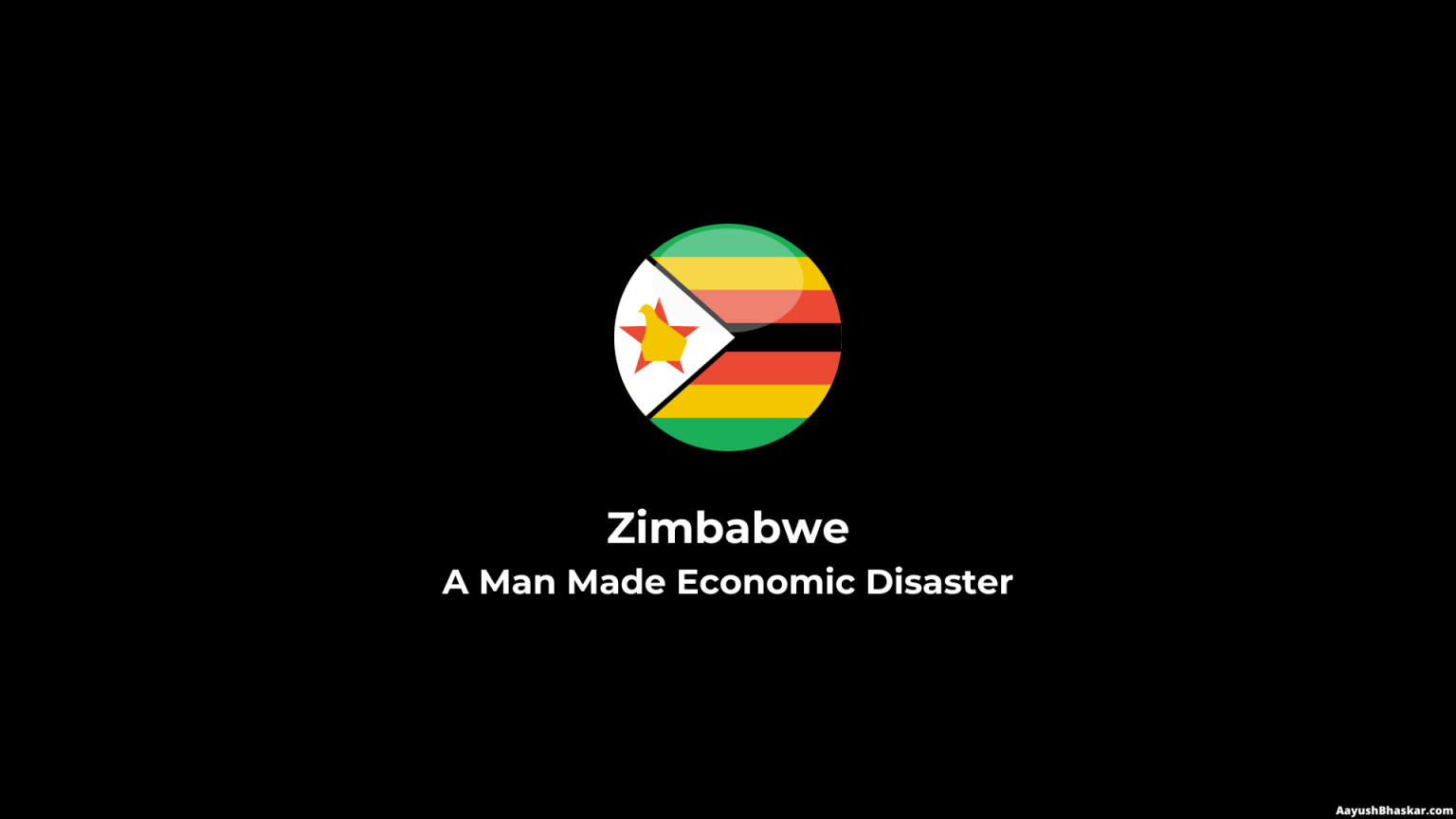
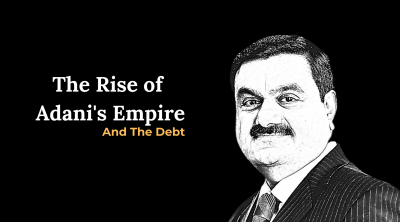

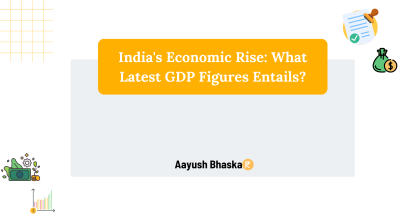

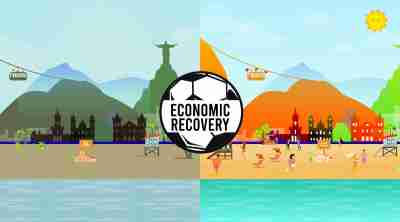
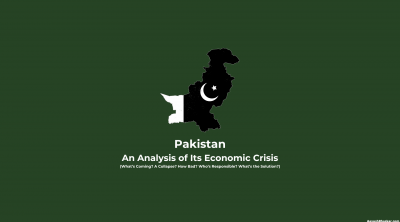
Leave a Reply